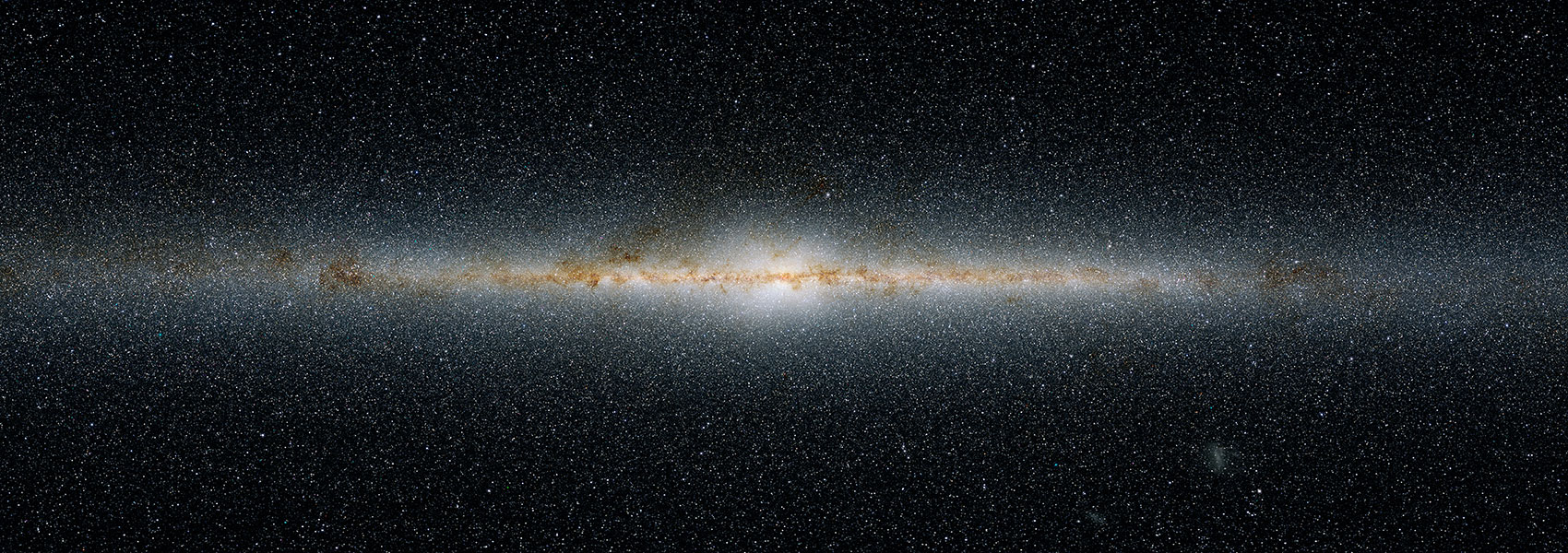May
2013
•
2013ApJ...769...77Y
Authors
•
Yee, J. C.
•
Hung, L. -W.
•
Bond, I. A.
•
Allen, W.
•
Monard, L. A. G.
•
Albrow, M. D.
•
Fouqué, P.
•
Dominik, M.
•
Tsapras, Y.
•
Udalski, A.
•
Gould, A.
•
Zellem, R.
•
Bos, M.
•
Christie, G. W.
•
DePoy, D. L.
•
Dong, Subo
•
Drummond, J.
•
Gaudi, B. S.
•
Gorbikov, E.
•
Han, C.
•
Kaspi, S.
•
Klein, N.
•
Lee, C. -U.
•
Maoz, D.
•
McCormick, J.
•
Moorhouse, D.
•
Natusch, T.
•
Nola, M.
•
Park, B. -G.
•
Pogge, R. W.
•
Polishook, D.
•
Shporer, A.
•
Shvartzvald, Y.
•
Skowron, J.
•
Thornley, G.
•
μFUN Collaboration
•
Abe, F.
•
Bennett, D. P.
•
Botzler, C. S.
•
Chote, P.
•
Freeman, M.
•
Fukui, A.
•
Furusawa, K.
•
Harris, P.
•
Itow, Y.
•
Ling, C. H.
•
Masuda, K.
•
Matsubara, Y.
•
Miyake, N.
•
Ohnishi, K.
•
Rattenbury, N. J.
•
Saito, To.
•
Sullivan, D. J.
•
Sumi, T.
•
Suzuki, D.
•
Sweatman, W. L.
•
Tristram, P. J.
•
Wada, K.
•
Yock, P. C. M.
•
MOA Collaboration
•
Szymański, M. K.
•
Soszyński, I.
•
Kubiak, M.
•
Poleski, R.
•
Ulaczyk, K.
•
Pietrzyński, G.
•
Wyrzykowski, Ł.
•
OGLE Collaboration
•
Bachelet, E.
•
Batista, V.
•
Beatty, T. G.
•
Beaulieu, J. -P.
•
Bennett, C. S.
•
Bowens-Rubin, R.
•
Brillant, S.
•
Caldwell, J. A. R.
•
Cassan, A.
•
Cole, A. A.
•
Corrales, E.
•
Coutures, C.
•
Dieters, S.
•
Dominis Prester, D.
•
Donatowicz, J.
•
Greenhill, J.
•
Henderson, C. B.
•
Kubas, D.
•
Marquette, J. -B.
•
Martin, R.
•
Menzies, J. W.
•
Shappee, B.
•
Williams, A.
•
Wouters, D.
•
van Saders, J.
•
Zub, M.
•
PLANET Collaboration
•
Street, R. A.
•
Horne, K.
•
Bramich, D. M.
•
Steele, I. A.
•
RoboNet Collaboration
•
Alsubai, K. A.
•
Bozza, V.
•
Browne, P.
•
Burgdorf, M. J.
•
Calchi Novati, S.
•
Dodds, P.
•
Finet, F.
•
Gerner, T.
•
Hardis, S.
•
Harpsøe, K.
•
Hessman, F. V.
•
Hinse, T. C.
•
Hundertmark, M.
•
Jørgensen, U. G.
•
Kains, N.
•
Kerins, E.
•
Liebig, C.
•
Mancini, L.
•
Mathiasen, M.
•
Penny, M. T.
•
Proft, S.
•
Rahvar, S.
•
Ricci, D.
•
Sahu, K. C.
•
Scarpetta, G.
•
Schäfer, S.
•
Schönebeck, F.
•
Snodgrass, C.
•
Southworth, J.
•
Surdej, J.
•
Wambsganss, J.
•
MiNDSTEp Consortium, The
Abstract
•
We analyze MOA-2010-BLG-311, a high magnification (A max > 600) microlensing event with complete data coverage over the peak, making it very sensitive to planetary signals. We fit this event with both a point lens and a two-body lens model and find that the two-body lens model is a better fit but with only Δχ2 ~ 80. The preferred mass ratio between the lens star and its companion is q = 10-3.7 ± 0.1, placing the candidate companion in the planetary regime. Despite the formal significance of the planet, we show that because of systematics in the data the evidence for a planetary companion to the lens is too tenuous to claim a secure detection. When combined with analyses of other high-magnification events, this event helps empirically define the threshold for reliable planet detection in high-magnification events, which remains an open question.
Links





